Observing New Year’s Eve from space would probably be the ultimate people-watching event. Every year, people all around the world mark the new year with unique and fascinating rituals to celebrate another trip around the sun. Some raise a toast, while others stuff grapes into their mouths. Still others jump off of chairs, throw furniture out of windows, or burn an effigy.
Given that most countries observe the Gregorian calendar in some fashion, it’s safe to say many Earthlings ring in the New Year on the same day: December 31. Yet what about the music for these celebrations? Do countries have official anthems or hymns? While some musical traditions have been lost to time, here are a few stories about some cultures who still ring in the New Year with song!
USA, UK, and many English-speaking countries: Auld Lang Syne
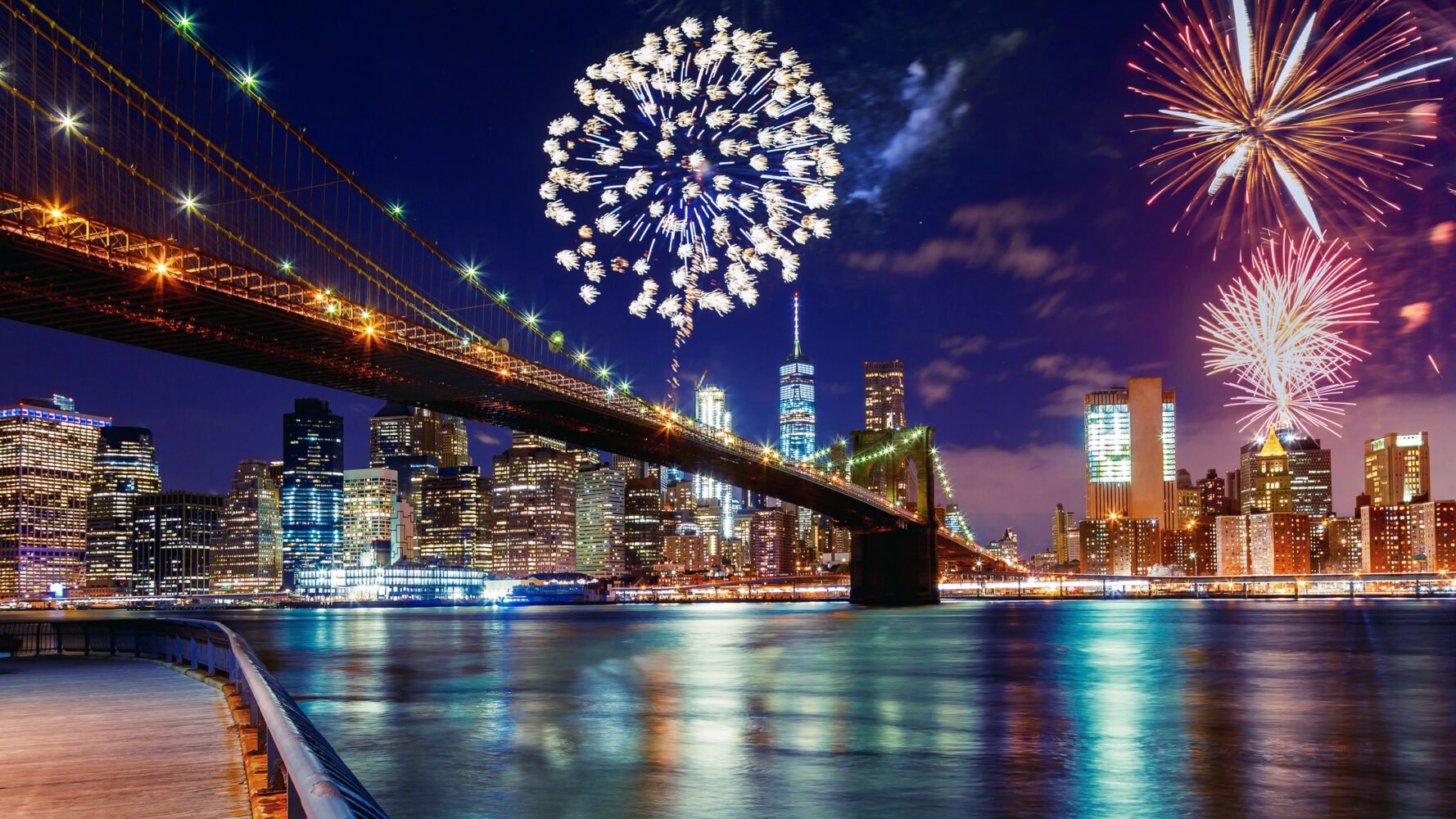 The majority of English-speaking countries tend to ring in the year with Auld Lang Syne, a folk song whose origins can be traced back to Scotland. Auld Lang Syne first appeared in 1796, in the fifth volume of a musical journal by James Johnson called Scots Musical Museum. Its author was Scottish poet Robert Burns, and his words were initially published in the journal to the tune of an old Scottish air.
The majority of English-speaking countries tend to ring in the year with Auld Lang Syne, a folk song whose origins can be traced back to Scotland. Auld Lang Syne first appeared in 1796, in the fifth volume of a musical journal by James Johnson called Scots Musical Museum. Its author was Scottish poet Robert Burns, and his words were initially published in the journal to the tune of an old Scottish air.
Yet, Burns wasn’t satisfied with this arrangement. After some tweaking, he sent a later version of Auld Lang Syne to a different editor by the name of George Thomson, one he claims was more accurate and had “never been in print, nor even in manuscript, untill [sic.] I [Burns] took it down from an old man’s singin”. Whether Burns transcribed the melody as he claimed is hard to tell: evidence is muddy, and though historic similar sounding airs have been found, none fit the Auld Lang Syne melody note for note.
Regardless of the tune’s folkloric origins, it is this 1799 version of Auld Lang Syne that slowly spread throughout the English-speaking world. The song literally translates “to days gone by.” It’s a simple yet wistful toast to the past, keeping it perpetually relevant no matter the century.
The idea of singing the tune at New Year’s was popularized by Canadian band Guy Lombardo and the Royal Canadians, which used Auld Lang Syne to close out an annual, nationally broadcast New Year’s Eve show from 1929 to 1979.
Today, Auld Lang Syne has been translated into a myriad of languages and is used worldwide in celebrations and gatherings.
Austria: Blue Danube Waltz / An der schönen blauen Donau
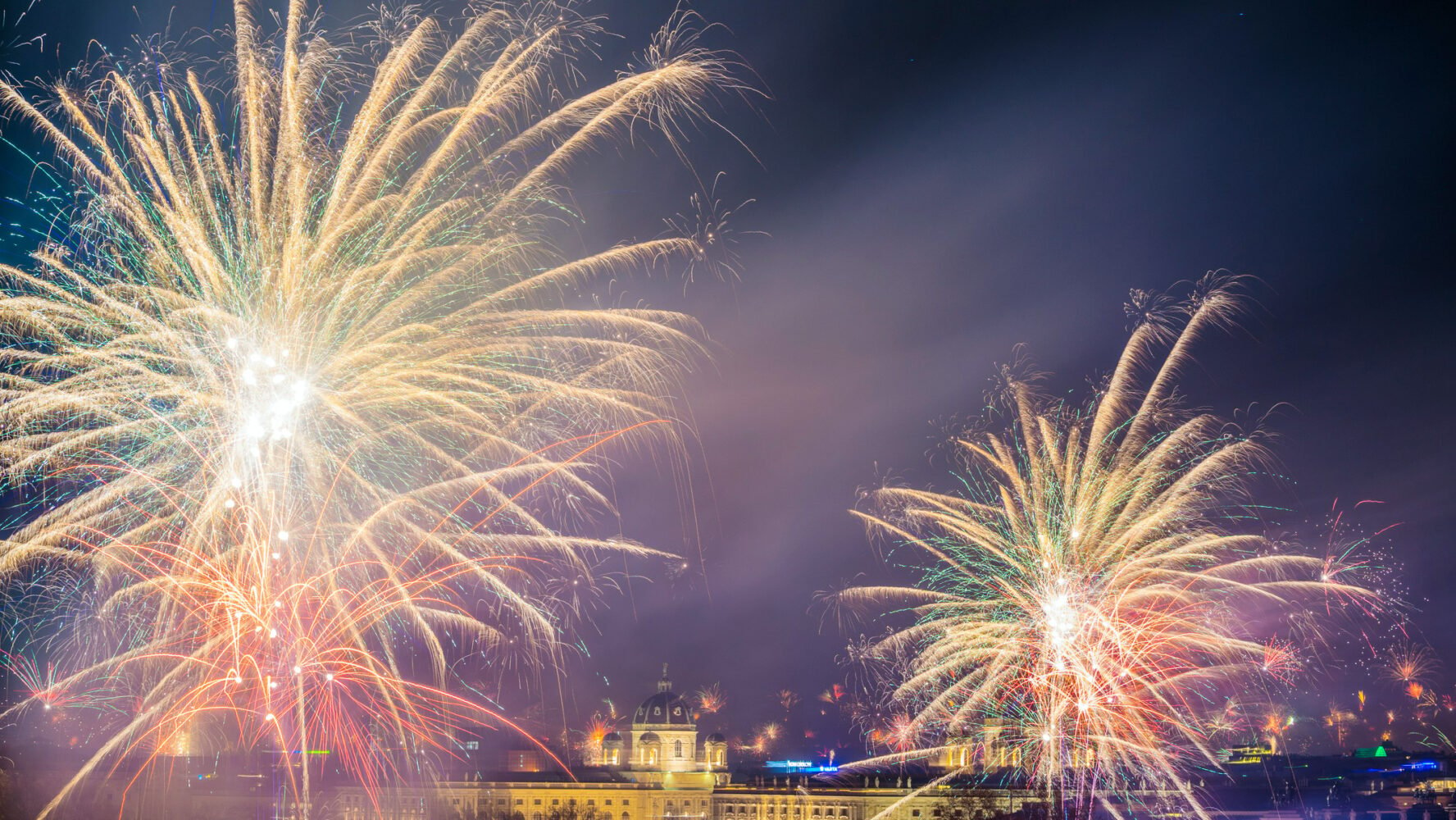 Many of WFMT’s listeners are familiar with our annual broadcast of the Vienna Philharmonic New Year’s Day concert. This Austrian concert tradition began on December 31, 1939, to lift people’s spirits during wartime, and has continued to occur each year since. Yet apart from this concert, Austria has another musical tradition — one celebrated both by orchestras and the general public!
Many of WFMT’s listeners are familiar with our annual broadcast of the Vienna Philharmonic New Year’s Day concert. This Austrian concert tradition began on December 31, 1939, to lift people’s spirits during wartime, and has continued to occur each year since. Yet apart from this concert, Austria has another musical tradition — one celebrated both by orchestras and the general public!
Airing at 10am and 8pm on New Year's Day 2024
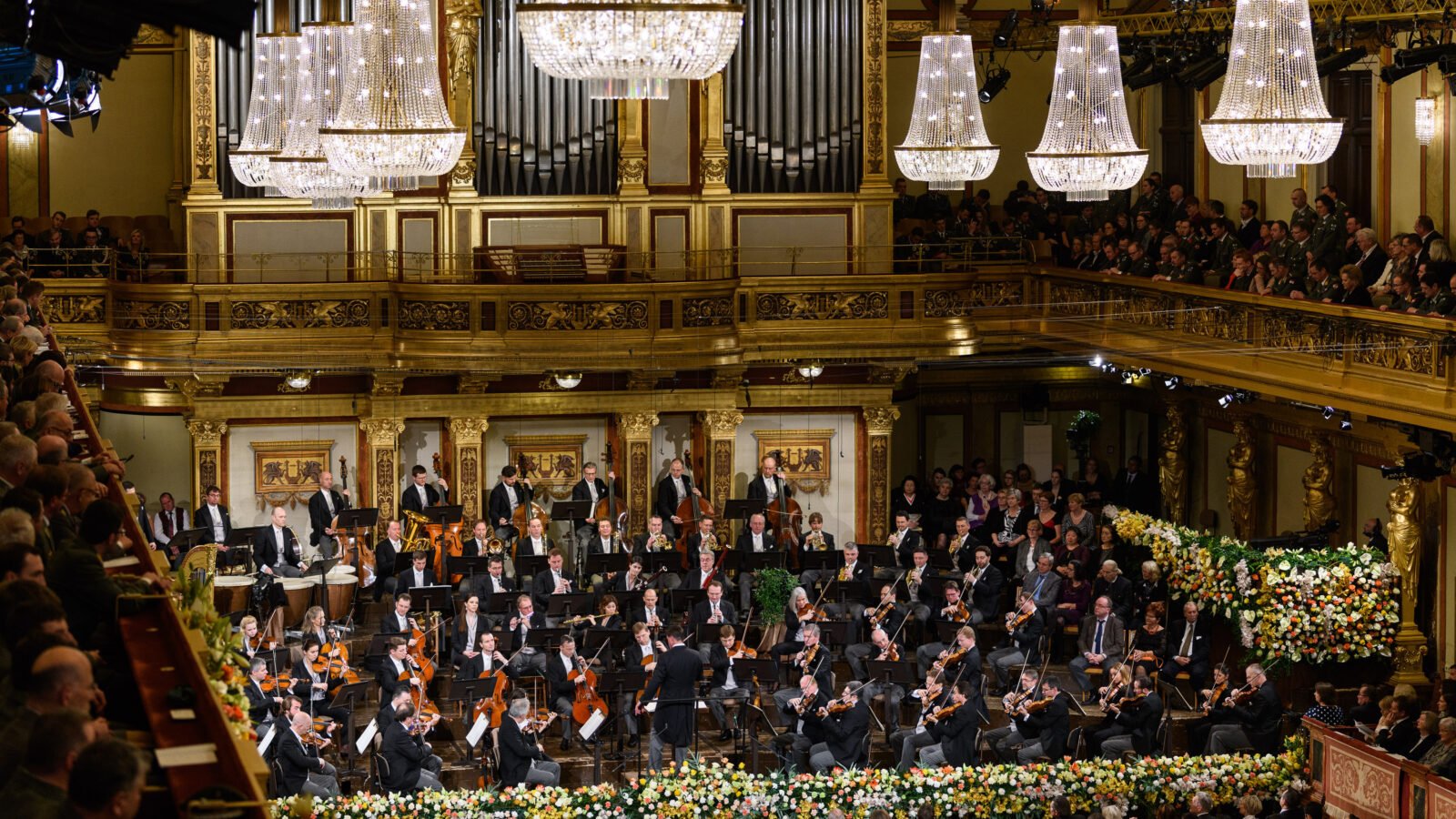
The 2024 Vienna Philharmonic New Year’s Concert
Bulgaria: Danubian horo / Дунавско Хоро
Bulgaria rings in the New Year with a special tune accompanied by dance. Dunavsko horo (“Danubian horo”) is both the name of a piece of music by composer Diko Iliev, and a traditional folk dance performed in a line or a circle. Participants join hands with the person next to them and alternate between taking steps forward, steps backward, and variations of cross-stepping. One cycle of the dance consists of taking five steps forward and three steps back, an action that symbolizes the importance of thinking ahead. It is usually performed right after the stroke of midnight, though it is also sometimes performed in public on New Year’s Day, or at various other events. Either way, the tune’s fast-paced nature is certainly an energetic way to kick off the year!
Denmark: Be welcome, year of the Lord / Vær velkommen, Herrens år
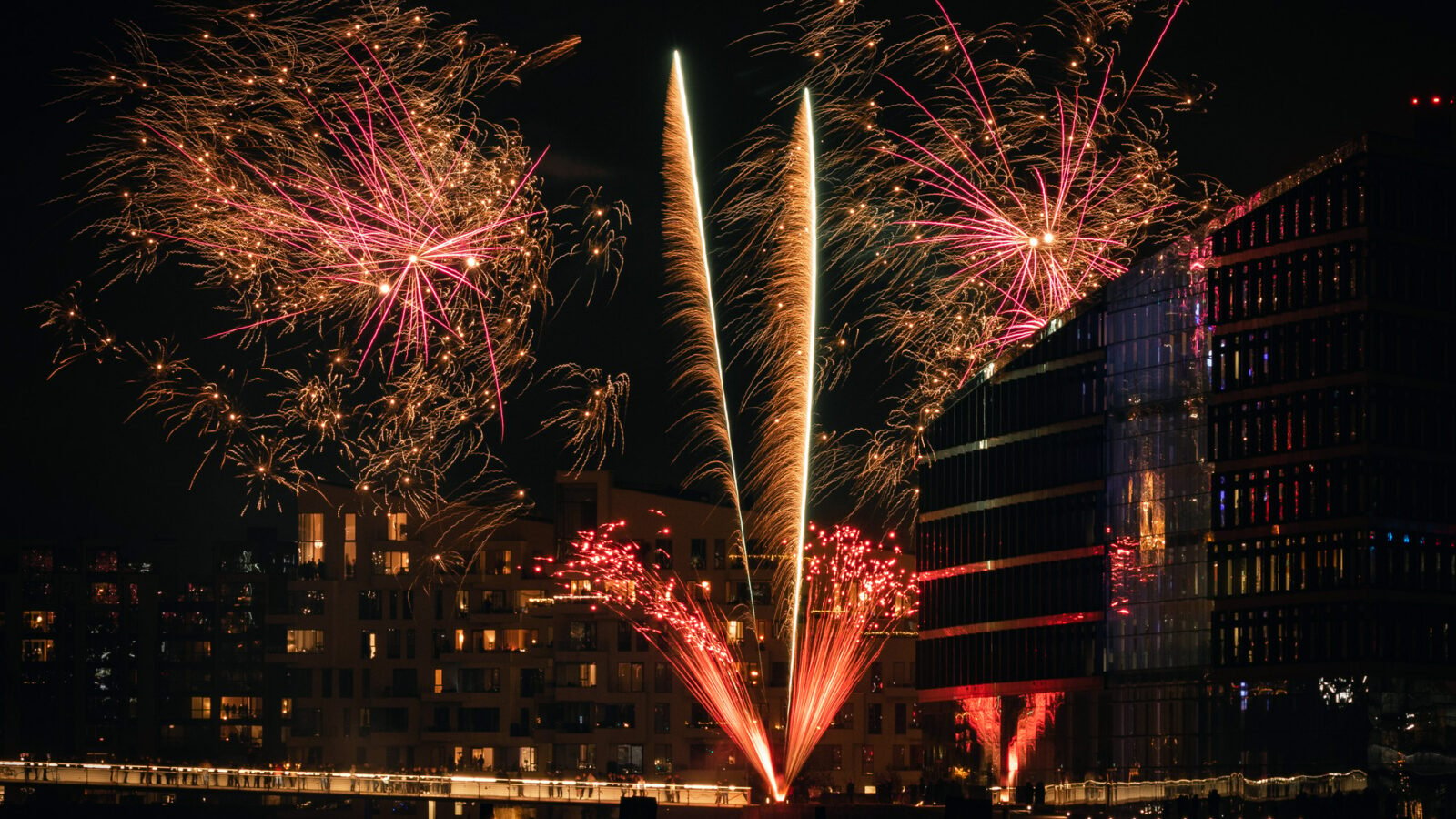
New Year's festivities in Copenhagen
In Denmark, there is a popular melody that corresponds to multiple holidays. Vær velkommen Herrens år (“Be welcome, year of the Lord”) was written by author and theologian N.F.S Grundtvig and includes two different sets of stanzas: one for Advent, and one for the New Year.
The more popular version of the hymn is the latter, heard in church services and various broadcasts on New Year’s Eve. At the stroke of midnight, the song is also broadcast on national television as a way to mark the new year.
Greece: Kalanda of the New Year / Αρχιμηνιά κι Αρχιχρονιά
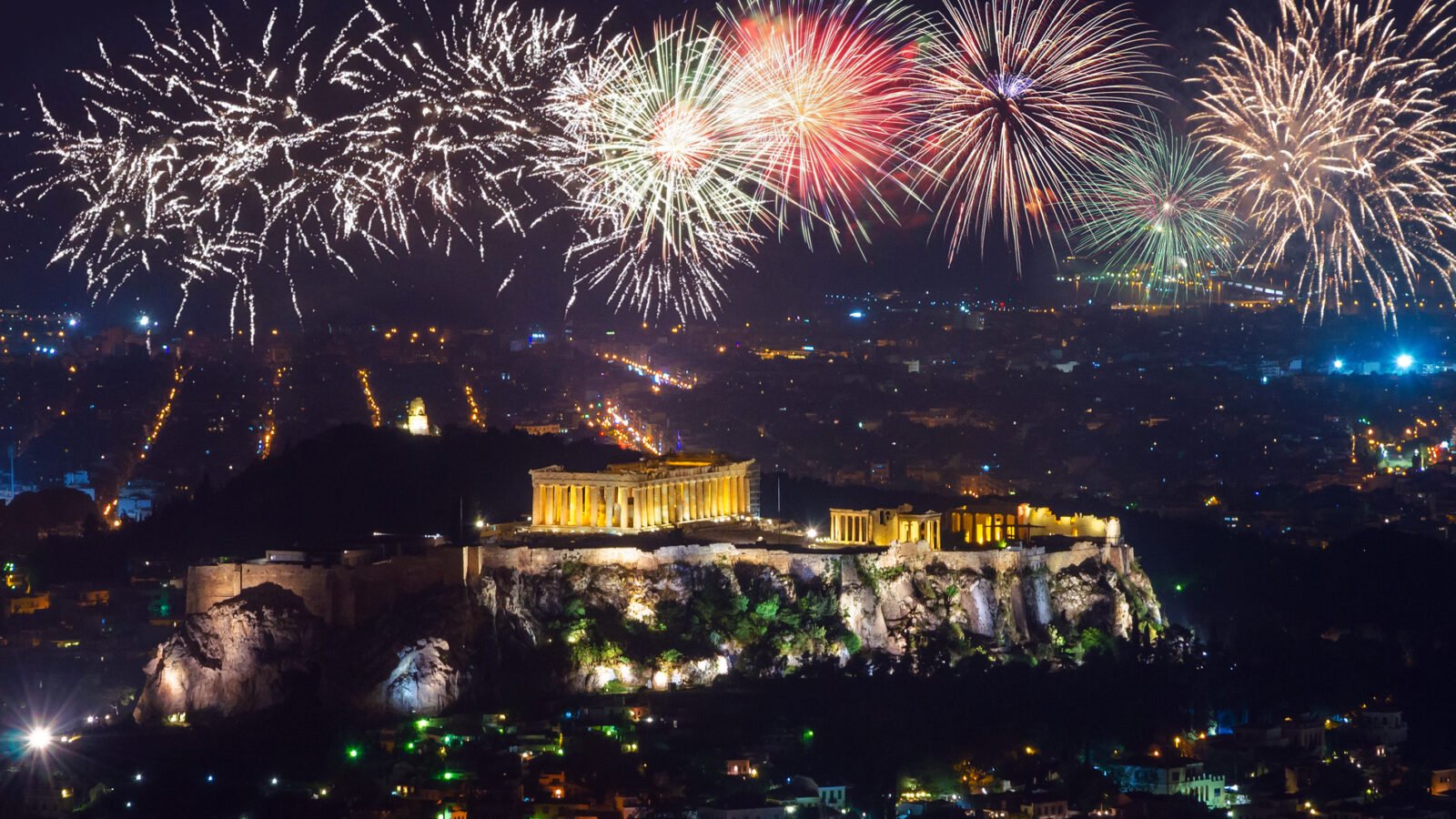 We often hear about Christmas caroling, but what about carols for New Year’s? The first day of the New Year in Greece sees children caroling in the streets… sometimes even more than on Christmas day itself! The prospect of receiving treats or money from neighbors keeps kids interested in the kalanda tradition, or Greek caroling. One traditional kalanda for New Year’s Day is Αρχιμηνιά κι Αρχιχρονιά (“Kalanda of the New Year”), which is sung to honor St. Basil and welcome the new year. Of course, it’s not just kids who sing: adults often join in on the fun by singing the tune at midnight on New Year’s Day, even if they don’t join in on door-to-door caroling.
We often hear about Christmas caroling, but what about carols for New Year’s? The first day of the New Year in Greece sees children caroling in the streets… sometimes even more than on Christmas day itself! The prospect of receiving treats or money from neighbors keeps kids interested in the kalanda tradition, or Greek caroling. One traditional kalanda for New Year’s Day is Αρχιμηνιά κι Αρχιχρονιά (“Kalanda of the New Year”), which is sung to honor St. Basil and welcome the new year. Of course, it’s not just kids who sing: adults often join in on the fun by singing the tune at midnight on New Year’s Day, even if they don’t join in on door-to-door caroling.
However you choose to celebrate — and whatever music you select to honor the festivities — WFMT sends you very warm wishes for a Happy New Year!
